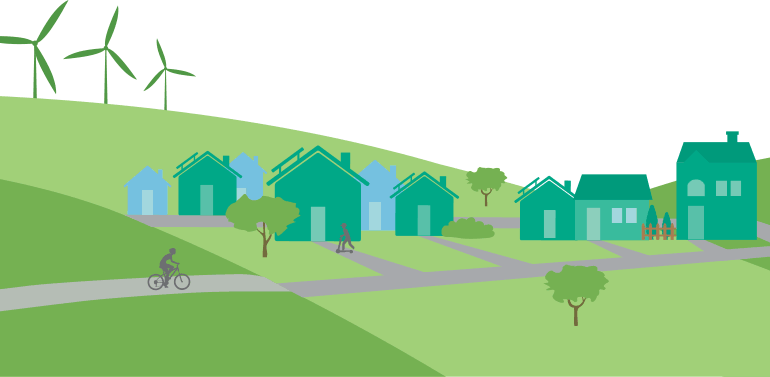Connecticut’s Battery Storage Program Implements Changes to Increase Accessibility and Adoption Among Residents
Maximum residential upfront incentive increases from $7,500 to $16,000;
incentives for underserved and low-income households and multifamily affordable housing properties also expanded.
HARTFORD, Conn. (January 17, 2024) – The Public Utilities Regulatory Authority (PURA) recently announced updates to the Energy Storage Solutions program to increase accessibility and adoption by residential customers in Connecticut. The program provides incentives for the installation of battery storage, and key changes include an increase in upfront incentives and an increase in the maximum incentive residential customers can receive.
Residential customers can now receive up to $16,000 in upfront incentives, an increase from the previous maximum incentive of $7,500. For customers that qualify as low-income, the upfront incentive increased to $600 from $400 per kWh. For customers that reside in an underserved community, the upfront incentive increased to $450 from $300 per kWh.
Combined with the existing Federal Investment Tax Credit program, which provides 30 percent tax credits on the costs of installing solar and battery storage systems, the opportunity for Connecticut residents to become more resilient in the face of climate change has never been greater. Additionally, through the Inflation Reduction Act, a bonus energy investment credit is available for solar installations in low-income (10 to 20 percent additional tax credit value) and energy communities (10 percent additional tax credit value) for third party owned systems (i.e., leases and power purchase agreements)– delivering more savings depending on the customer’s income and location.
Other approved changes to the Energy Storage Solutions program include but are not limited to:
- Commercial sector incentive review. For the commercial sector, which has experienced strong demand since the start of the program in 2022, project approvals will be paused on June 15, 2024, or earlier if the 100 MW of available capacity in Tranche 2 become fully subscribed, and until a ruling is made in Year Four Decision in Docket 24-08-05. Currently, approximately 70 MW of capacity remains in Tranche 2.
- Expansion of opportunity for multifamily property participation. Per the decision, multifamily affordable housing properties now qualify for the low-income incentive rate, making it easier for property owners to access resilient battery backup for their tenants.
- Recycling working group. PURA requested that the Green Bank convene and lead a working group of relevant stakeholders, including the Department of Energy and Environmental Protection (DEEP) to proactively investigate the potential issue of solar panel and battery waste. Per the decision, “while solar and battery waste is not yet a prevalent issue in Connecticut, the Authority determined that the development of a solution is needed sooner rather than later, to ensure state preparedness.”
All Energy Storage Solutions program changes were made as part of the Year Three Decision in Docket No. 23-08-05. The program is paid for by electric ratepayers, overseen by PURA, and administered by the Connecticut Green Bank, Eversource, and UI.
For more information on Energy Storage Solutions, visit energystorageCT.com.



